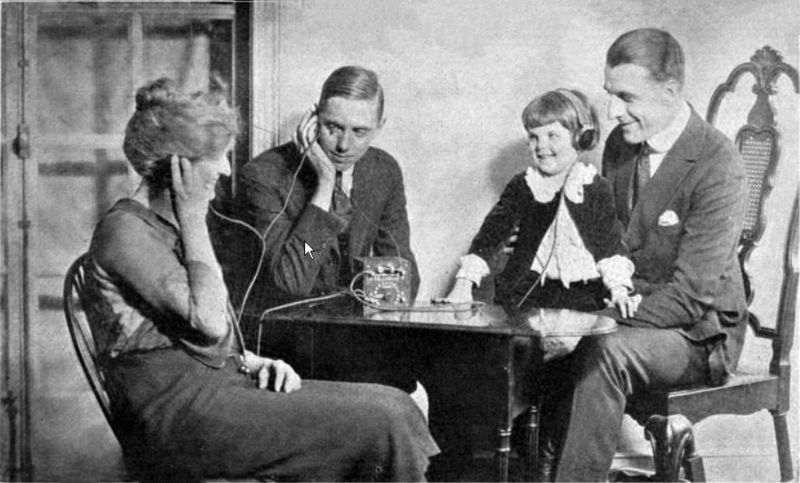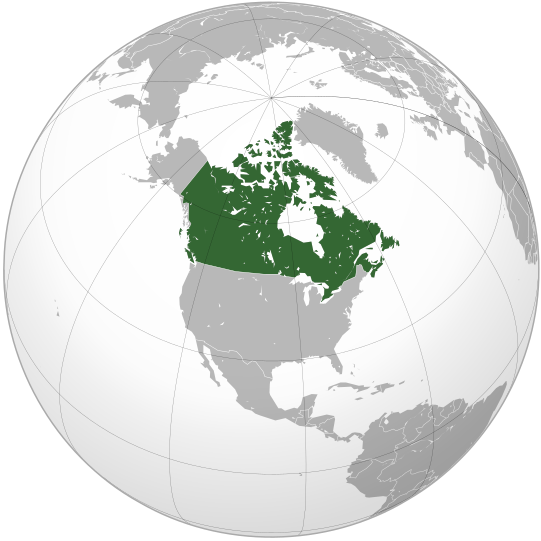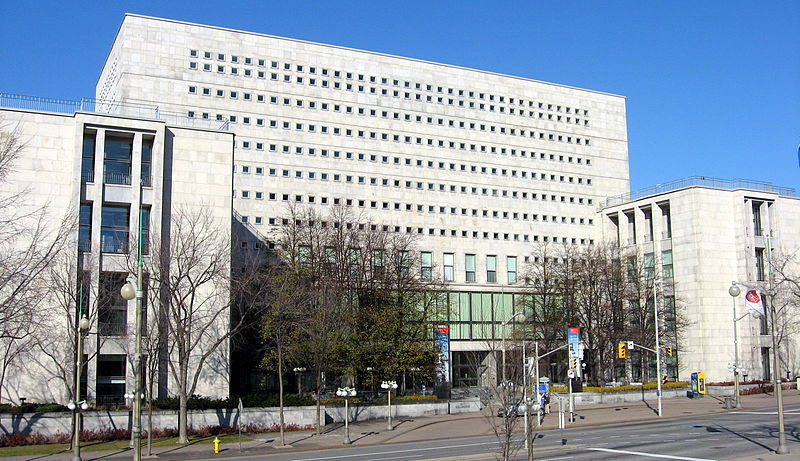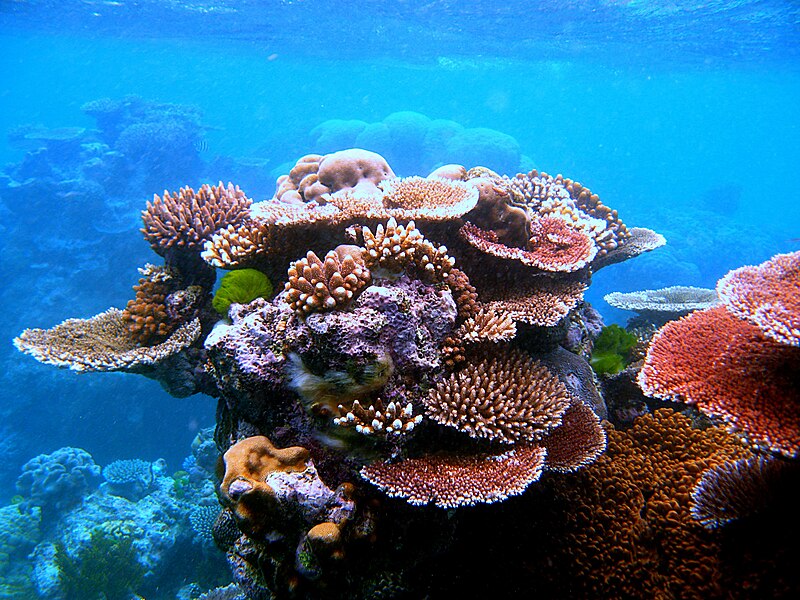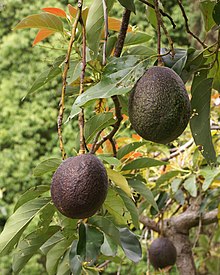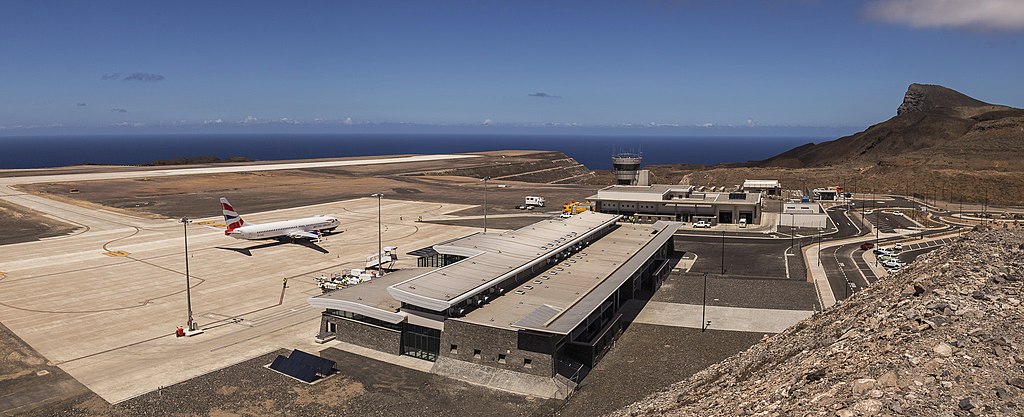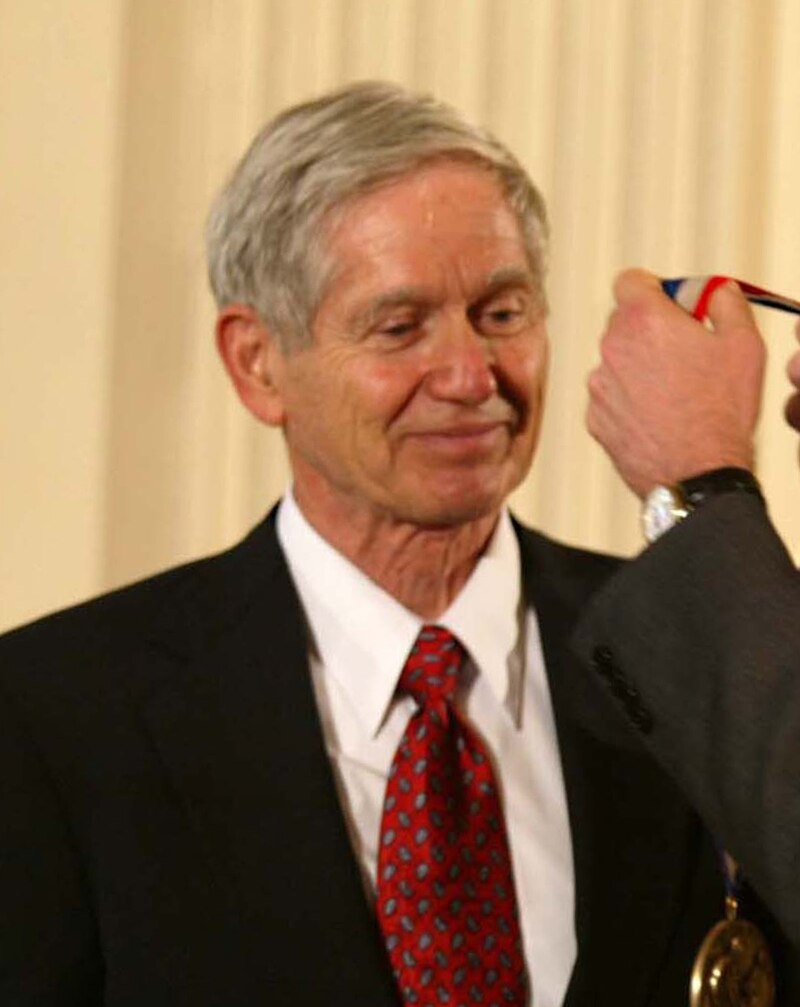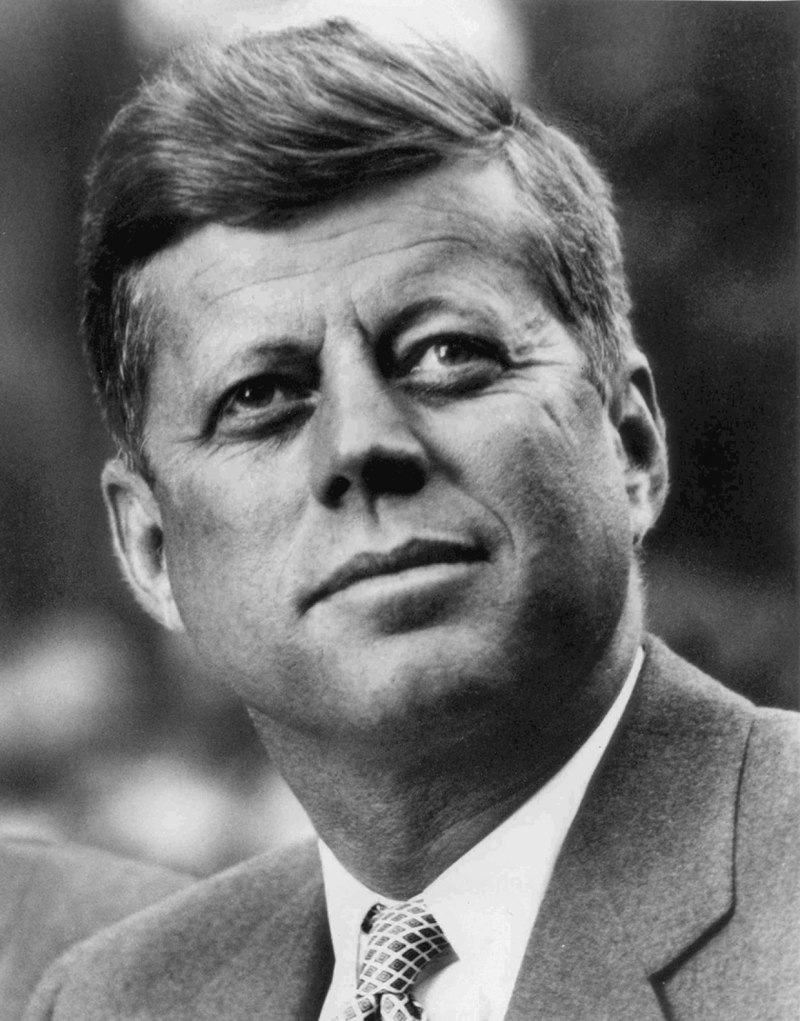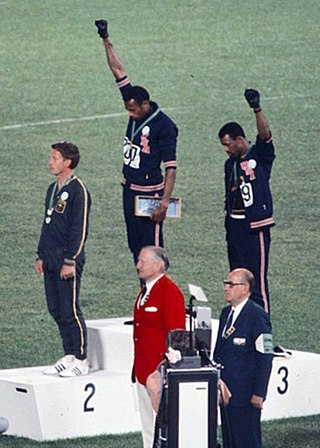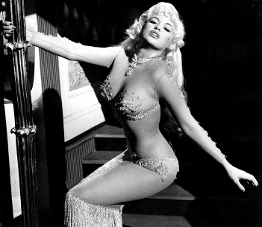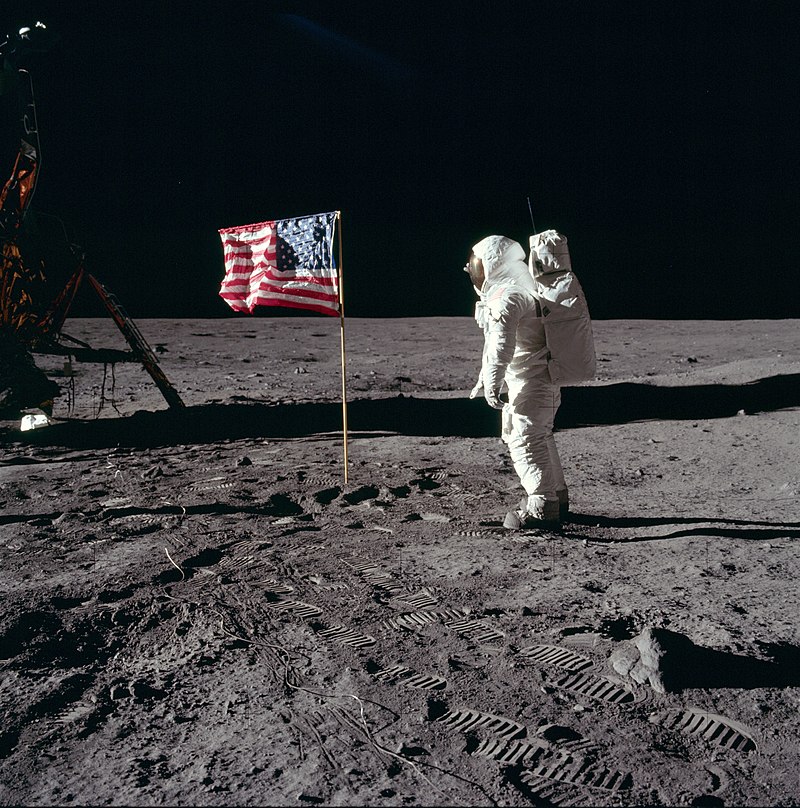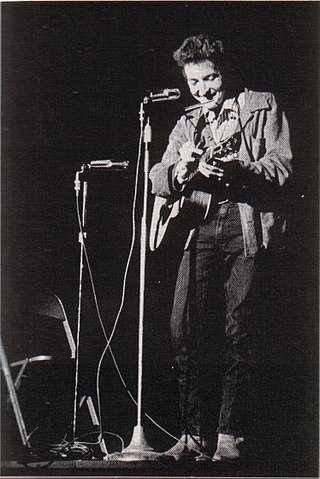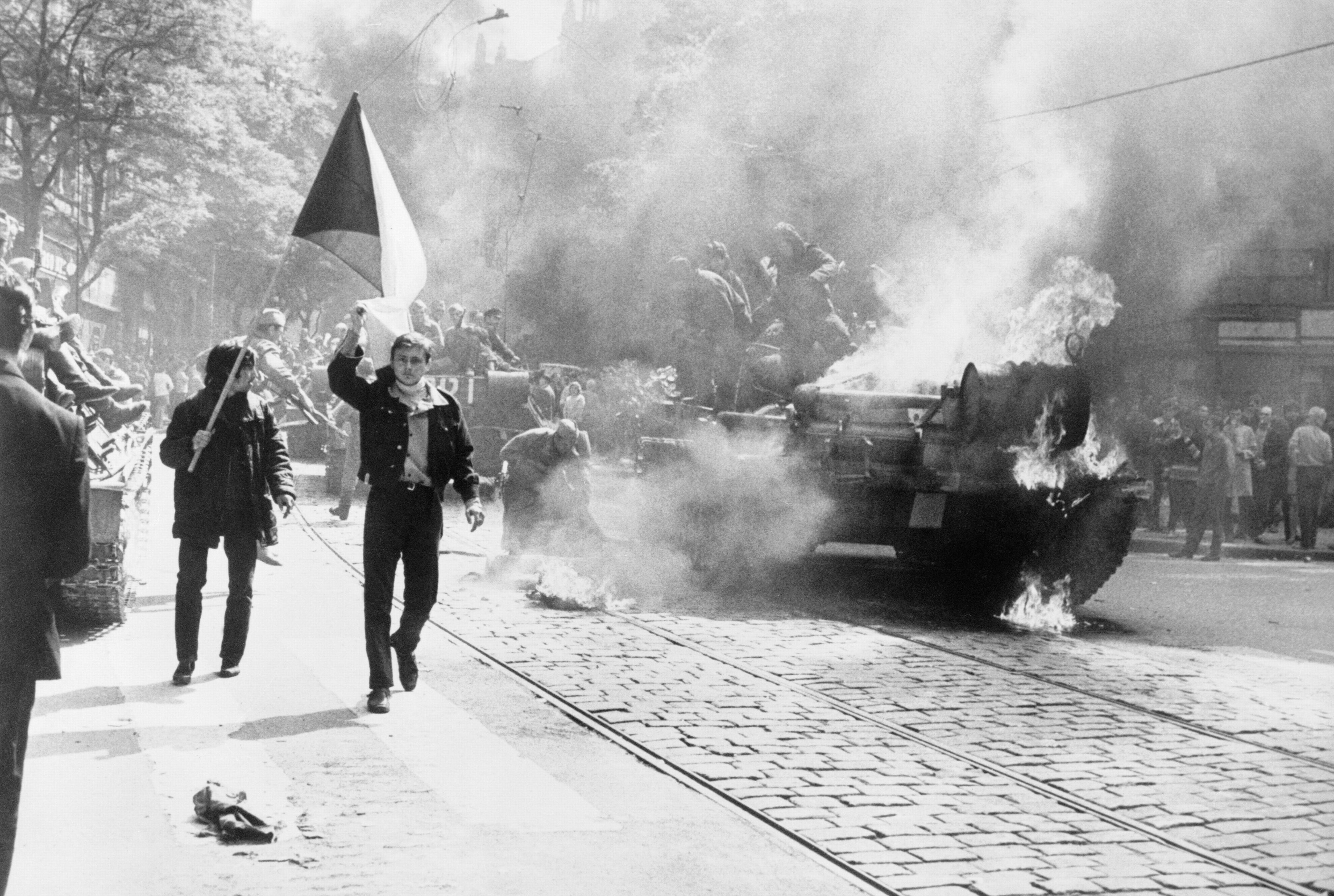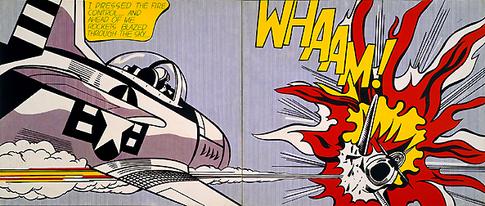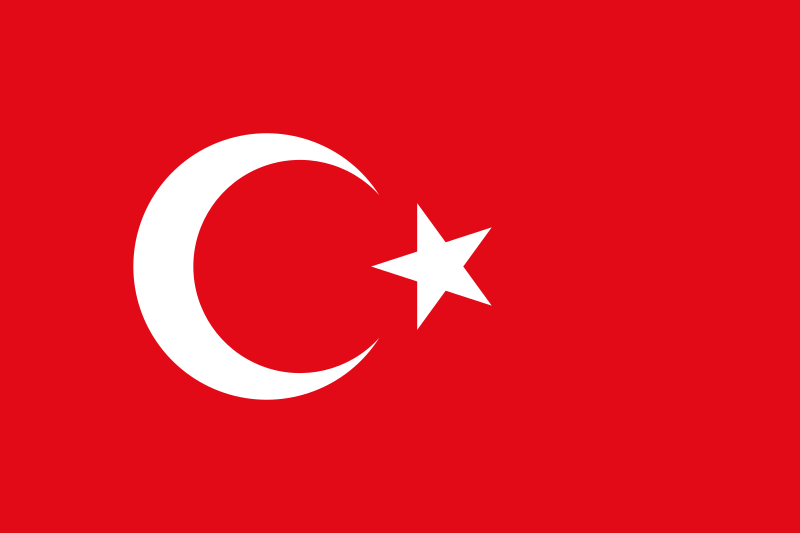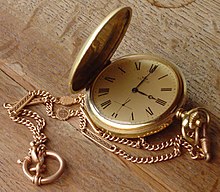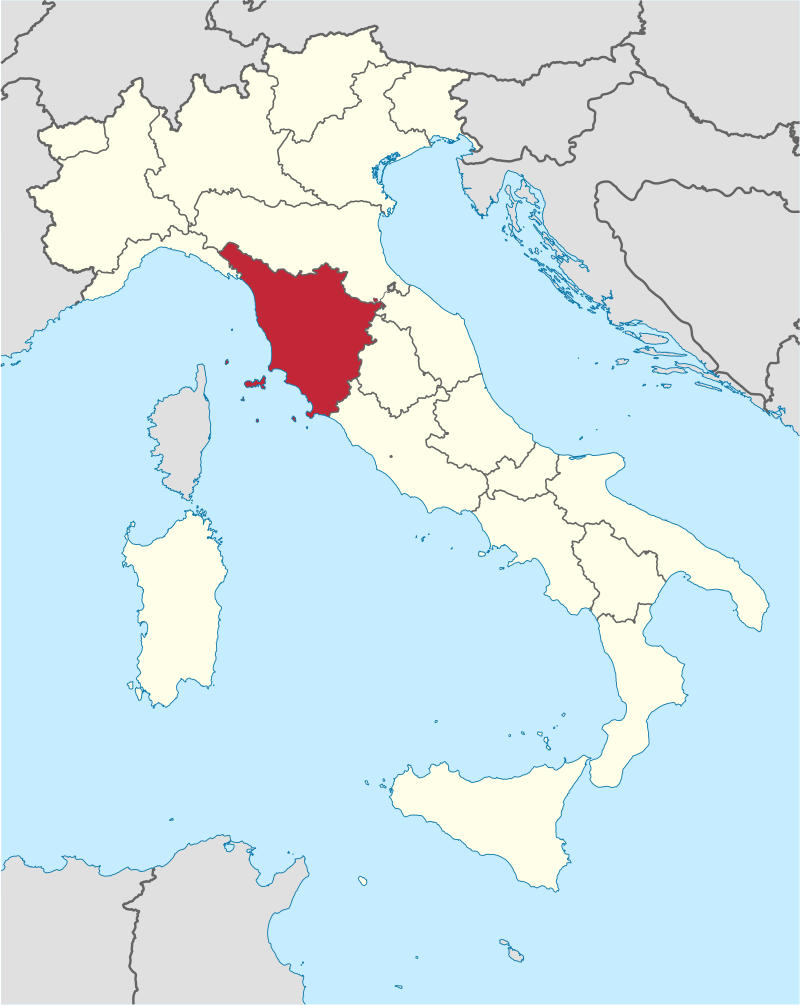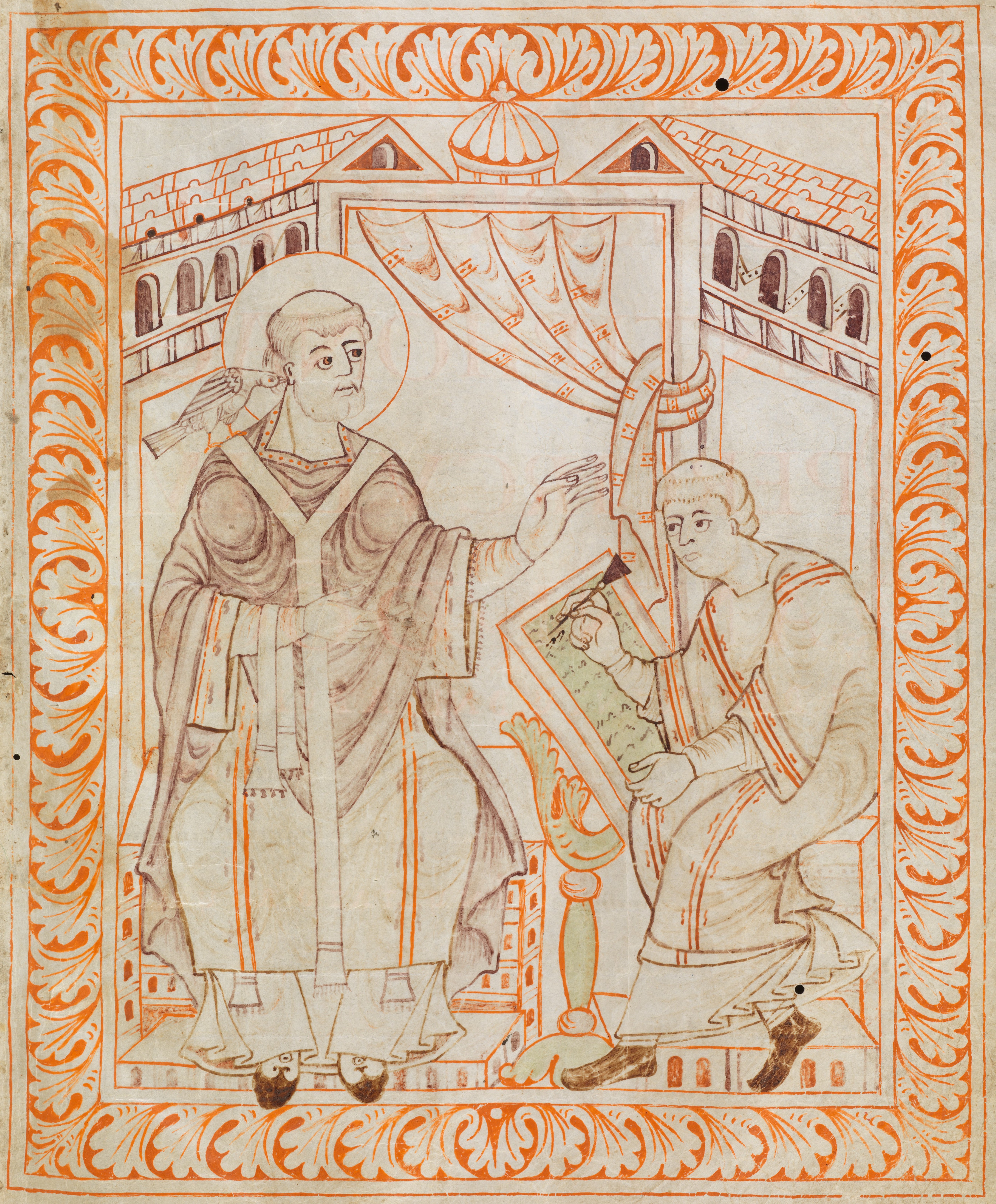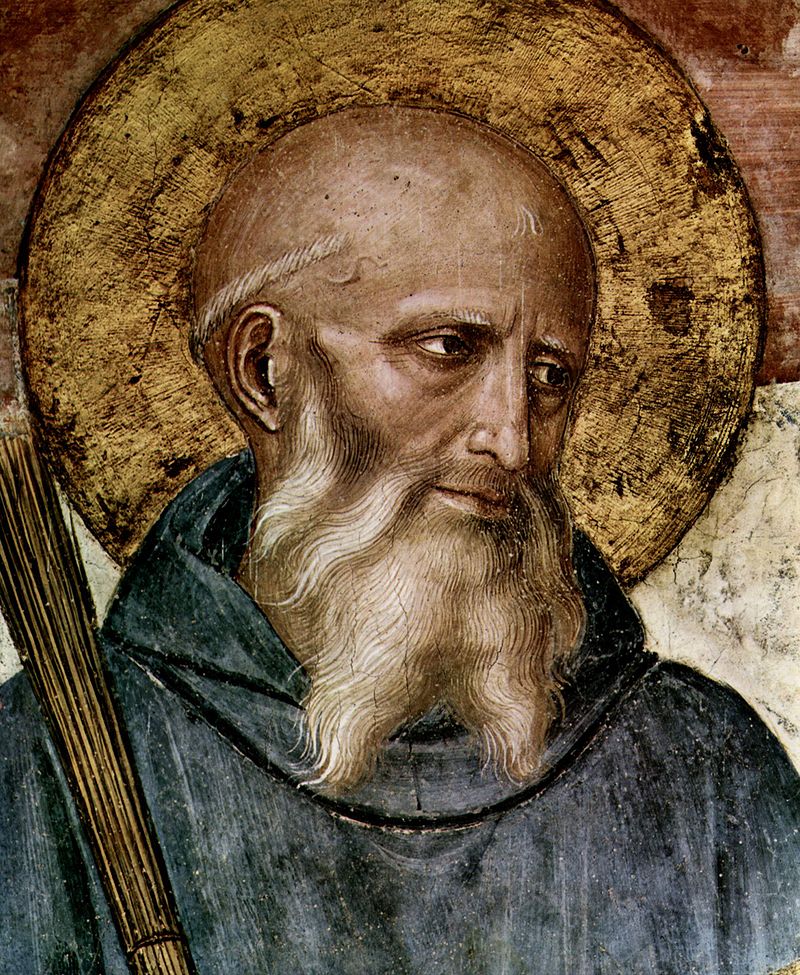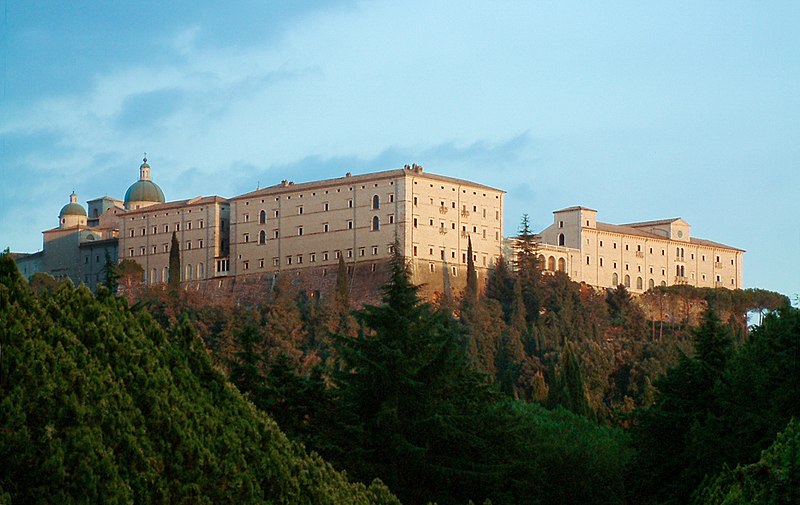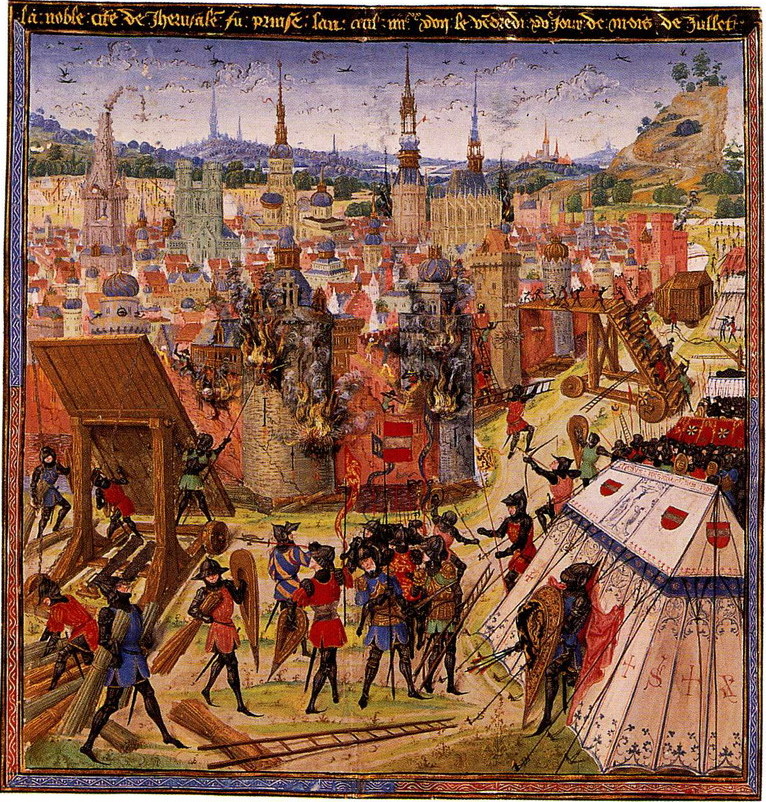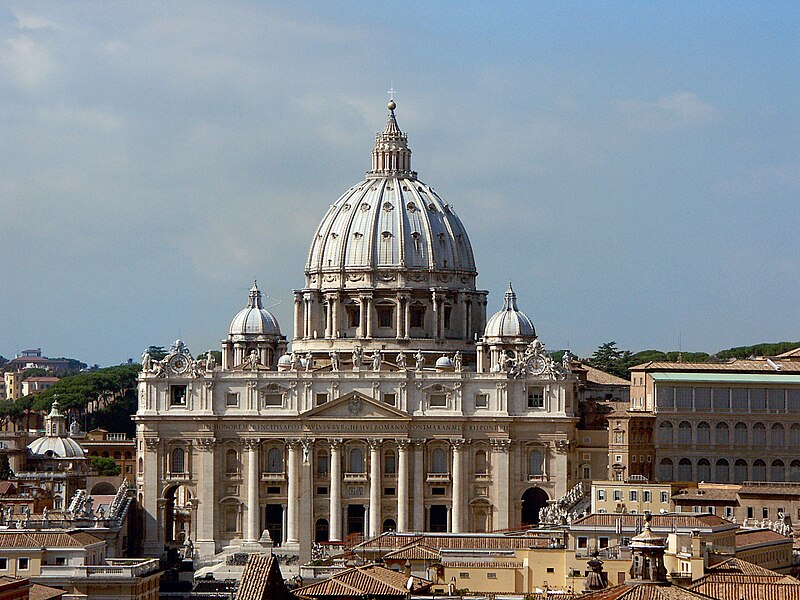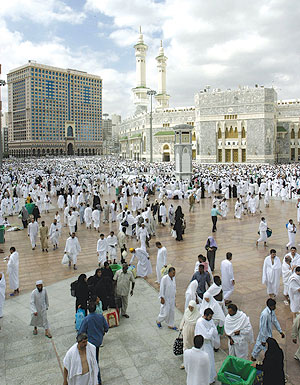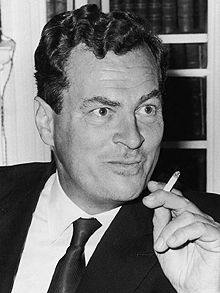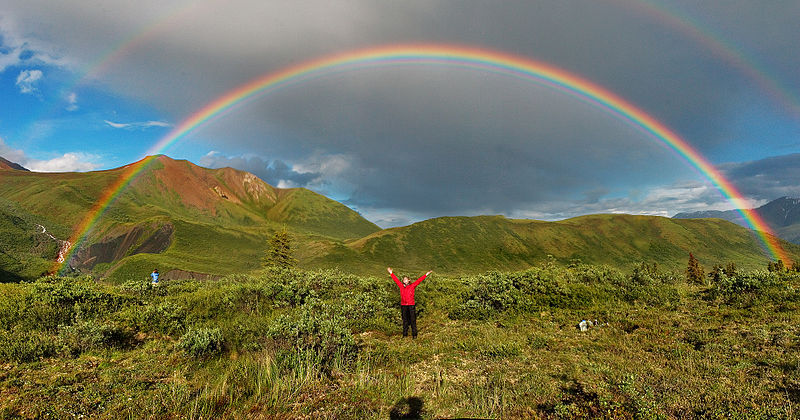Landschlacht, Switzerland, 17 – 20 September 2016
I have, up till recently, been an avid comic book reader and collector.
And, sorry, DC comics, generally I have made mine Marvel.

For it has been Marvel that struck upon the notion of making their heroes with feet of clay, rather than just Super aliens or vengeful billionaire Batman types.
Spider-man was just a Sad Sack teenager whom everyone in his universe reviled.
The Hulk was a victim of repressed anger and overexposure to gamma radiation.
Iron Man was an alcoholic, Wolverine a victim of government experimentation, and Daredevil was blinded by radioactivity that enhanced all his other senses.
It took DC and other comic producers years to realise that what sells animated literature to humans is the humanity of the comic book characters.
Marvel killed off loved ones, had them divorce, die from tragic accidents or fatal diseases, go crazy and even quit their superheroics when the pressure got too much.
And the moments where Marvel writers truly excelled was when the lines they drew between good and evil became blurred.
Taking my nose out of the comic books, I have noticed that there has been a tendency in human history to paint ourselves with haloes and to demonise our opponents, for in doing so we justify questionable behaviour like wars and violence and injustice upon one another.
We are selectively fed information designed to elicit our emotions in favour of protecting the status quo of those who benefit by its continuance.
So regardless of how those we oppose love their children too, or that they too feel fear and sorrow and hurt and love and compassion and tenderness, their villainy must be dramatic and unquestionable, otherwise it is harder to make their children orphans, their villages uninhabitable and their graveyards full.
We also go to the opposite extreme to make saints out of mere mortals.
Mandela never defecated, Gandhi believed in equality for everyone including his wife and Mother Teresa never felt overwhelmed by the difficulties of tending to the poor of Calcutta.
I am reminded of comic books and the issue of opinion.
Daredevil is told a story by his mother of an encounter between a knight and a priest in the forest.

The knight mocks the priest and tells him that all the priest sacrifices – physical pleasures, material possessions, family – are for nothing as the priest cannot prove uncategorically that God exists.
The knight asks the priest: what will he do if when he dies and finds all of this sacrifice had been for naught?
The priest responds that he would be disappointed, but then he asks the knight: what will he do if the priest is right?
Who then, we must ask, is the greater fool?
In economics, the greater fool theory states that the price of an object is determined by, not its intrinsic value, but rather by belief and expectation, often unsupported by rationale, of the market participants.
The Canadian musical comedy group the Arrogant Worms suggests in one of their songs that:

“History is made by stupid people.
Clever people wouldn´t even try.
If you want a place in the history books…
Then do something dumb before you die.”
So when I consider the founding of New Norcia and recall the hardships endured to make it a reality…
I want to tell you a story about a great fool…
New Norcia, Western Australia, April 2014

I had been to Singapore and I attended all the pomp and ceremony of my best friend`s wedding in Perth and I still had a few days to play with before I was required to fly back home.
Now we tend to forget as non-Australians that Australia is BIG, very BIG.
Australia is the world´s 6th largest country and the world´s largest island, an island so big it qualifies as a continent and the only continent that is also one nation (by the present geopolitical map).
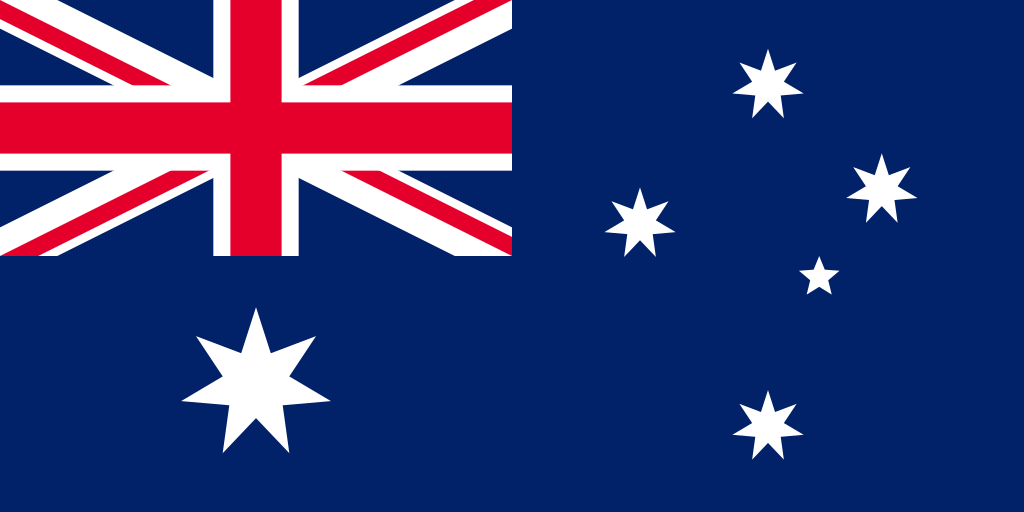
Western Australia (WA) covers 1/3 of the continent-country yet contains only a population of 2.3 million people, out of the national total of 22 million.
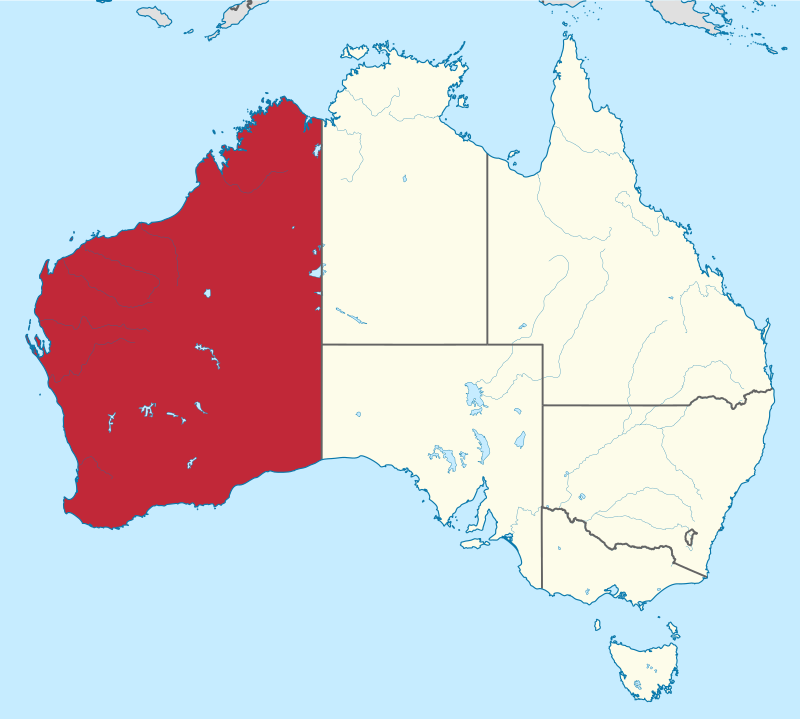
Most of these 2.3 million live within a 200 km radius of Perth, Australia´s most isolated state capital city.
Once the visitor has visited the capital and its sister/rival city Fremantle and popped over to Rottnest Island (“Rotto”), there is not much left “in the ´hood” to see that doesn´t require many miles of travel and much careful planning to reach, and as I only had a few days to explore Australia before flying back to Switzerland via Singapore, the closest and easiest site seemed to be New Norcia.
Now if an alien civilisation ever landed in New Norcia they could be forgiven for thinking they had not landed in Australia, for at first glance this 19th century monastic community 130 km north of Perth appears to be Spanish.

So it comes as no surprise to learn that this unexpected collection of Benedictine buildings in the Australian bush looks Spanish, because the buildings were Spanish-inspired by an inspired Spainard with a dream, a mission, to bring Christianity to the indigenous population.
Now before one examines the extraordinary life of Rosendo Salvado and his legacy, one must never forget that Australia was and still remains a very dangerous place.
Australia has more things that can kill you than anywhere else in the world.

The world´s ten most poisonous snakes are Australian.
The five most lethal creatures in the world are Australian.
If you are not stung or pronged to death, you may be eaten by sharks or crocodiles or carried away by strong currents or bake outside in the Outback.
And the damned place is strange…
No one can figure out how the indigeous peoples came to be there, its seasons are back to front, its constellations upside down, its water drainage flows counterclockwise, and its wildlife contains creatures that bounce, fish that climb trees, foxes that fly and crustaceans so big that a grown man could climb inside their shells.
80% of all that lives in Australia exists nowhere else and shouldn´t exist at all, as Australia is the driest, flattest, most desiccated, infertile, climatically aggressive, most hostile place on Earth, excepting Antarctica.
Welcome to Oz, mate.
Now for a moment imagine you are talking to your mum or your worrying wife.
Imagine for a moment that you are telling her you are going to leave home and travel to a faraway place where danger and death are more commonplace than is ever found where you live.
And the reason you are leaving is not because you are economically insecure or unpopular at home, but you are leaving because you have a dream to spread the Word of God to those who have not heard it before.
I believe that there are few folks who understand this impulse and fewer still that have this impulse themselves, for most folks do not lack for courage, but many men and women prefer the sanity of security rather than the uncertainty of adventure, the comforts of home and family and relationships rather than the isolation of faraway places with strange sounding names.
Now when I had told my long-suffering wife I was flying to Australia to attend my best friend´s wedding her only concern was whether I would spend too much money.
For it is common knowledge that most Australians of European descent have gathered themselves close to shore where conditions are less wild than further inland and have sanitised the place to keep the wilderness away and put up parking lots for your shopping convenience.
Then looking at the paved Paradise they have created, modelled on a country that rarely thinks about them, they wish to keep and secure it as it is and reluctantly accept change that might affect their ideas of Utopia.
In my short stay in Oz I felt that I was travelling in the southwestern United States, for there are similarities between these two distant points on the map.
Desert climate, a feel of modernity rising out of the frontier, even street grids and city layout, it all felt uncannily familiar to this traveller who had been to the American Southwest.
Like their American cousins, individual Australians are, as Bill Bryson describes them, “immensely likeable – cheerful, extrovert, quick-witted and unfailingly obliging”.

But collectively, Aussies, like Yanks, do have some questionable attitudes when it comes to dealing with their indigenous past or their intercultural present.
(And, please note, that I, as a Canadian, must acknowledge that Canadians are also remiss at dealing with our own indigenous past or intercultural present/future.

The only difference between Canadians and Australians in this regard is that we have been quieter about voicing our wrong attitudes, but to pretend that there is no xenophobia or distrust in Canada would be to paint a reality that isn´t entirely true.)
When I look at the history of European expansion I am struck by how similar it is to modern tourism in terms of mentality.
Just as the modern tourist, with limited time and budget, wishes to be little disturbed by oddity and inconvenience and prefers to find much of the commonplace comforts of home wherever he travels, so the Europeans who dared to venture from their native shores transplanted their culture to alien lands, little caring, then and now, how this would affect the new worlds that they had foisted themselves upon.
The English would build a new England, regardless of how inappropriate or ill-fitting a new England would be in the “new” world.

So Europeans and their descendants in Australia did/do what Europeans and their descendants did/do in North and South America and Africa, what was/is unfamiliar was/is either eliminated or kept apart at arm´s length or forced to adapt to the conditions we impose(d) upon it.
Destroy, exile or convert.
In 1696 the Dutchman Willem de Vlamingh, after discovering Rottsnest Island, landed on the western shore of Australia as its first white visitor ever.

“Big Willie” didn´t stay.
After him, Antoine d´Entrecasteaux explored this region in 1792 with the idea of annexing it for France, but, mon Dieu, la France was in the middle of une guerre civile and in no position to stake their claims there.

Tant pis, he left.
“Ah, hah!”, thought the English.
“This is our big chance!”
The English dispatched Captain James Stirling in 1828, who took a look around, liked what he saw, and had no difficulty in persuading his government to provide funds for the founding of a colony.

The Swan River Colony was founded on 1 June 1829, but like their North American predecessors of Canada´s Anticosti Island or the Norse colonies in Newfoundland or America´s Jamestown colony, bitter weather conditions and the inevitable hardships of the early stages of building a civilisation where that civilisation had not been before, caused many of the new settlers to lose heart.
They claimed they had been deceived, but they had in fact been victims of their own imaginations, conjuring up visions of wealth and comfort which they thought were theirs simply for the asking.
In their disappointment, many turned their backs on Swan River, saying it was unhealthy, barren, useless, and they went off to Sydney or other places where their imagined goals might be found.
But the stout-hearted remained.
By 1845, the year that Rosendo Salvado first landed in Australia, the Colony had prospered.
There were over 4, 000 colonists, 2,000 horses, 10,000 cattle, 140,000 sheep, 2,000 pigs and 1,400 goats.
(It is unclear as to how many were permitted to vote!)
In The Salvado Memoirs, one of the few accounts available about this remarkable man, purchased at the New Norcia gift shop, Salvado diplomatically recounts the state of the Catholic Church´s presence in Australia:

18 years after Captain James Cook had taken possession of the eastern coast of Australia in the name of Great Britain, the first colony was founded there by Captain Philip, and with it the first town, Sydney.
In a short time, the Colony attained a high degree of prosperity in trade and agriculture, partly thanks to the activity of its governors and the enterprise of its European inhabitants, but with the growth of both population and wealth, this society, most of it male and many of its members under judicial sentence in their own country, rushed headlong into evil courses.
There was a great outbreak of crime which even the severest penalties – some of them quite dreadful – failed to prevent.
No appeal was made to religion, either for spiritual support or moral sanction, and it would seem the Almighty allowed things to go on this way for years, to bring home the lesson that, as far as the inner reformation of man is concerned, human means are worthless, unless they have a religious source and inspiration.
Through the workings of Providence, two Catholic priests, who had been sentenced to exile by English law, arrived in Sydney in 1800.
Fired by that religious zeal and concern for others which Christ left as a legacy for His disciples, and which had been the reason for their banishment, they took up their task anew.
Three years later they were recalled, and the Catholics of the Colony were left, like those who after a flash of lightning are, again in darkness.
Things were in this state when in 1817 an Irish priest, Father O´Flynn came out to Australia.
Unfortunately religious intolerance brought about his return, it being alleged that he had not obtained the government´s consent to come.
Before leaving his faithful Catholic followers, Father O´Flynn left behind the blessed Eucharist there for their consolation.
Many protests were made by the Catholics of New South Wales against O´Flynn´s enforced departure and as a result the Governor decided to bring out, at his own expense, two other priests, Father Connolly and Father Therry in 1820.
The good Fathers were quite surprised on arrival to find that the sacred writ left by Father O´Flynn two years before remained whole and incorrupt.
Though the Protestants were not happy to see the number of Catholics growing every day and prevailed upon the Governor to issue regulations to impede this development, Catholics even so became more numerous and fervent than ever.
64 years after Cook´s arrival and 46 years after the foundation of the Colony, the spiritual care of the vast land of Australia was confided by Pope Gregory XVI to the English Benedictine priest, John Bede Polding, who was consecrated Bishop for the task.
Bishop Polding arrived in Sydney in 1835.
Thanks to the strenous works of good priests, the Catholic Faith flourished and spread, but the increase in the number of Catholics, the enormous distances involved and the establishment of new settlements on the Australian continent, made it next to impossible for Bishop Polding to attend to the entire area of his jurisdiction, so at the end of 1840, the Bishop sailed for Rome, to inform the Holy See of the needs of his vicariate.
The Pope lent a ready ear, and by way of promoting spiritual good, divided the Diocese of Australia into a number of episcopal sees, giving Sydney primary status, with Polding as Archbishop.
Meanwhile, the Catholics of Swan River, who had been, from the foundation of the Colony in 1829, without church, altar or priest, communicated with Sydney asking for a priest to say Mass and administer the sacraments in a church they sought permission to build.
On the Archbishop´s arrival back in Sydney in 1843, he was informed of Perth´s wishes and sent the Reverend John Brady, Vicar General and Belgian priest John Joostens and Irish student Patrick O´Reilly to the Swan River Colony.
The Archbishop´s emissaries arrived in Western Australia on 24 November 1843 and shortly after landing asked Governor John Hutt for a plot of land to build a church in Perth.
While the church was being built, Father Brady visited parts of the Colony to get a better idea of the numbers of Catholics there were in the Colony and to reawaken fervour for their religious duties.
Brady then decided that he ought to go to Europe to acquaint the Holy See with the plight of these Catholics so out of touch with far-off Sydney 3,000 miles distant and in no position to receive spiritual assistance.
Brady left the Colony on 14 February 1844 and arrived in Rome that November.
…and thus begins the story of Rosendo Salvado.

Father Rosendo didn´t need to leave Italy, for he had already created for himself a life that was enviable and admirable.
The good Father was known for his genial and expansive nature, possessing a manner of ease and good humour that won him both esteem and friendship.
Salvado was a man of culture and scientific curiosity, a man of great positive energy and deep personal piety and he was physically tough.
Rosedo´s skill and sensitivity as an organist and composer had already brought him recognition in the most discriminating circles of the Benedictine Order in Europe.

He was fluent in his native Spanish, Italian, Greek and Latin.
Yet this same man would plough the Australian mission fields with bare and bleeding feet and would carry a sick native girl on his shoulders to safety for days on end through many miles of bush.
He was popular wherever he went and had the ability to adapt to whatever environment he found himself in.
Salvado did not need to leave Italy, for he was well-loved and respected by the community and monastery of Cava (25 miles from Naples), even to the extent that the Abbot had organised the installation of a special organ for Salvado´s exclusive use.

Even after Salvado had begun his mission in Australia and would return periodically to Europe to raise funds for its continuance, the Abbot would still try to convince Salvado to return to Cava.
But Salvado and his fellow Benedictine, Father Joseph Serra, were determined to devote themselves to foreign missions and on 26 December 1844 they set out together to ask permission from the Church in Rome to be sent abroad to serve God to the best of their abilities.
Salvado would learn through Father Brady of the difficulties that awaited him and of how uncertain were the dangers that lay ahead.
Spainards Salvado and Serra, Austrian Father Angelo Confalonieri, Italian layman Nicola Caporelli and Irish Bishop Brady left Rome on the evening of 8 June 1845, and travelled to Paris, Amiens, London and the Downside Monastery (112 miles west of London) collecting eager followers as they went.

Above: Downside Abbey
What started as a fraternity of five became a six-nation troupe of 28, including a nurse, nuns and a novice.
They set out from England to Australia on 17 September 1845.
They had no idea of the trials and tribulations that awaited them.
Some would die before their time in ways unpleasant.
They arrived in Fremantle on 8 January 1846 and soon the Australian adventure was organised into three separate missions: Northern, Southern and Central.
The Southern Mission left Perth on foot on 6 February, headed for Albany on King George Sound, which it took them till the end of March to reach.
Almost perishing from hunger and thirst, the Southern Mission was abandoned and the surviving brethern made their way to Mauritius.
The Northern Mission left Fremantle bound for Sydney on 1 March and were shipwrecked in the dangerous Torres Strait, with only the Captain and Father Superior Angelo Confalonieri surviving.
Confalonieri would manage to reach the State of Victoria but would survive only until 9 June 1848.
Salvado´s Central Mission survived but not without difficulties.
Salvado and his companions would be abandoned in the wilderness without guides, encounter poisonous grass, suffer terribly from a lack of water, endure eye troubles and abdominal pains, and all manner of hardships.
The Central Mission had at first no territory.
Salvado lived in the wilderness, leading the same nomadic live as the indigenous people whom he had come to convert.

His food was of the most unpredictable character, consisting of wild roots dug out of the earth with spears, lizards, goannas, kangaroo and grubs.
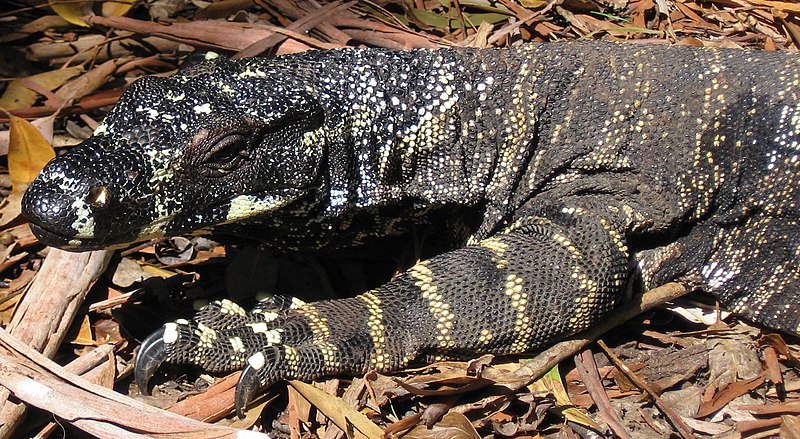
Above: a goanna
After three years of difficulties living amongst the local people, Salvado was convinced they could be converted to Christianity.
After returning to Rome for assistance and money to aid him in his work, Bishop Salvado returned to Australia on 15 August 1852.
The Benedictine Abbey of New Norcia, though founded on 1 March 1846 as a mere hut in the Bush, began to take the form by which it is known today.

Salvado and his willing workers cleared land for the plough and introduced the natives to habits of industry.
They built a large monastery, schools and orphanages for the young, cottages for the married and flour mills to grind wheat.
They created a town – in which many natives were fed, clothed and converted to Christianity.
Ronald Berndt, Professor of Antropology at the University of Western Australia, has suggested that Salvado was both a man of and before his time.
Quite soon after his arrival, Salvado commenced learning the local language, as he realised the importance of undertaking this task if he were to communicate with the local people, and though this is an approach not unusual amongst missionaries it was rare amongst the colonists of that period.

(And I imagine still rare amongst the European-descended inhabitants of modern Australia…)
Salvado was rare in that he wanted to know more about the indigenous population – not simply because this was useful in terms of evangelisation, but because he was interested in them as people.
He recognized the need to intermingle with the people, to listen and to ask.
When the natives relaxed around their fires, talking among themselves, discussing daily events or plans for tomorrow, telling stories or singing, much could be learned.

Salvado, though first and foremost a missionary, appreciated native life and the people themselves, respectfully observing and enjoying his time with them despite the difficulties that adaptation to such an alien situation caused him.
On his last return to Europe to secure more funding and assistance, Abbot Salvado died in Rome on 29 December 1900, age 87, after 51 years of service to Australia for the Benedictine Order.
I, a non-Catholic, non-religious man, was moved by both Salvado´s legacy and by the lives of the monks that carry on his work never ceasing at New Norcia.

A dozen monks live in the monastery, ranging in age from 40 to 95.
They live as St. Benedict proscribed: sleeping in spartan cells; praying together seven times a day; working between dawn and dusk and devotion on producing quality bread, nutcake and biscotti, olive oil and wine, port and ale; providing accommodation and spiritual comfort to visitors who come from all over the world.

My room contained nothing more than a shower, a bed, a desk, a night table, a lamp, and an alarm clock.
I watched the monks at prayer in the Oratory or the Church at 0515, 0645, 0730, noon, 1430, 1830, and 2015.
I did not attend all seven gatherings every day, for my restless spirit compelled me to take the guided tour, eat in the guesthouse or at the roadhouse across from the monastery where the buses would stop once a day heading towards Perth or Geraldton, visit the museum and the art gallery and the gift shop, stroll over to the grand New Norcia Hotel and linger over a glass of wine made at the Abbey and follow the River Walk.

It is impossible to capture in words what beauty lies behind the doors of New Norcia, for its majesty is not only seen but it is also felt.
In the Oratory and the Church these monks have created a place that calms one´s heart and clears one´s cluttered mind.

Outside the buildings Nature herself soothed and distracted with birdsong alien to my ears and sights strange to the eye.
It has always struck me as curious how man feels God can be kept restricted to buildings.

I saw no koala bears except in the Perth Zoo.
I saw evidence of wombat burrows but witnessed no wombats.
Parrots were everpresent in the trees of the monastery grounds and my eyes were dazzled by their brilliant colours.

I saw kangaroos in the Zoo and from the bus window on the road to and from New Norcia.

I saw no waterbirds nor frogs, lizards nor platypus, for I saw no water as the River ran dry.
I briefly caught a glance at a shy dingo while kookaburras laughed at my stumbling efforts to make sense of all that surrounded me.

As for Salvado and the insanity that drove him to leave a comfortable life in Europe to live among the natives and establish a monastic community in one of the most difficult places on Earth, I can´t help but wonder how he would view his legacy.
Certainly he left behind a community of believers who still practice a 1,500 year old tradition worthy of preservation, but what of the indigenous population he sought to understand and convert?
Did they actually need to be converted, actually need to be civilised?
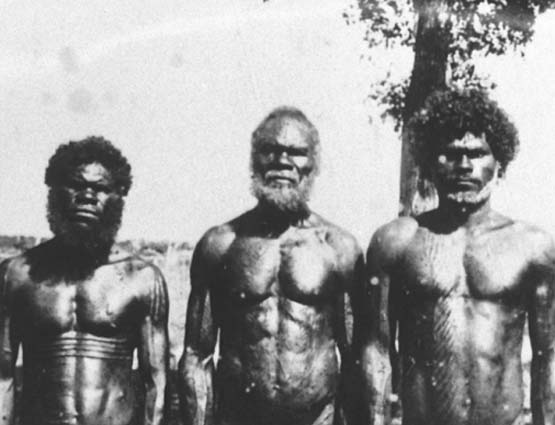
Were they afforded any dignity or respect as a result?
I saw only two of the indigenous natives during my fortnight in Australia and as much as I tried I failed to see the dignity and pride of a people who have lost so much since the Europeans invaded.
The pair of indigenous men I met at the Perth Bus Station were friendly and gregarious but their very presence seemed to frighten the whites waiting for their buses and annoy the security personnel protecting the premises.
I think of my own country of Canada and my limited experience with our indigenous population and I am ashamed.

I am ashamed that I feared what I did not understand.
I am ashamed that I made assumptions and had preconceptions about people I had rarely spent time with and that I had accepted without thinking some prejudices expressed about them.
I remember Oka, not just for the Abbey (the first Abbey I had ever visited and had ever been accommodated) but as well for the Crisis of 1989, when the mayor of Oka thought it was a great idea to build a golf course on native burial grounds and in protest the Mohawk people blockaded the Mercier Bridge leading into Montreal.
Folks were more disturbed by the disruption of traffic rather than the violation and disregard of native rights.
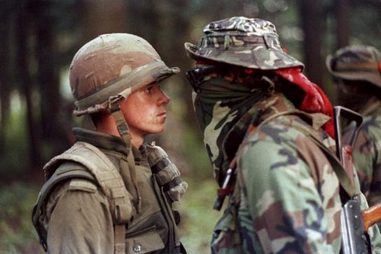
The present inequality and ongoing struggle for native people´s rights still continues.
In northern Canada, dozens of native women have disappeared or have been murdered near Highway 16 in British Columbia.
Most of the Highway of Tears cases remain unresolved.

Standing Rock´s struggles against the Dakota Access Pipeline is only the latest of the ongoing battles that native peoples have had to fight to protect their land and their heritage.

We forget that the cultural damage we have inflicted upon native peoples doesn´t only cause loss to these peoples but as well diminishes us.
One might easily scoff, as the knight did in Daredevil´s tale, at Salvado´s sacrifices.
One might mock the monks of New Norcia and their devotion to a God that in His majesty actually doesn´t require worship from mere mortals, a God that might not even exist, a Heavenly reward that might not be waiting despite all of the efforts of these good men.
One might belittle the past of the indigenous peoples and laugh at their technological backwardness making their submission simplistic and totally disregard and disrespect their proud heritage and unique cultures and basic humanity.
But when I look into a mirror and when I compare myself to individuals such as Salvado and the monks of New Norcia and native peoples all around the world, I wonder…
Perhaps I, with all my gadgets and all my cynicism and all my self-assured cockiness and undeserved swagger…
Perhaps I am the greater fool.

(Sources: Wikipedia; The Story of New Norcia; “Your Day at New Norcia”; Rosendo Salvado: Commerating 200 Years (1814 – 2014); The Salvado Memoirs; Bill Bryson, Down Under)


